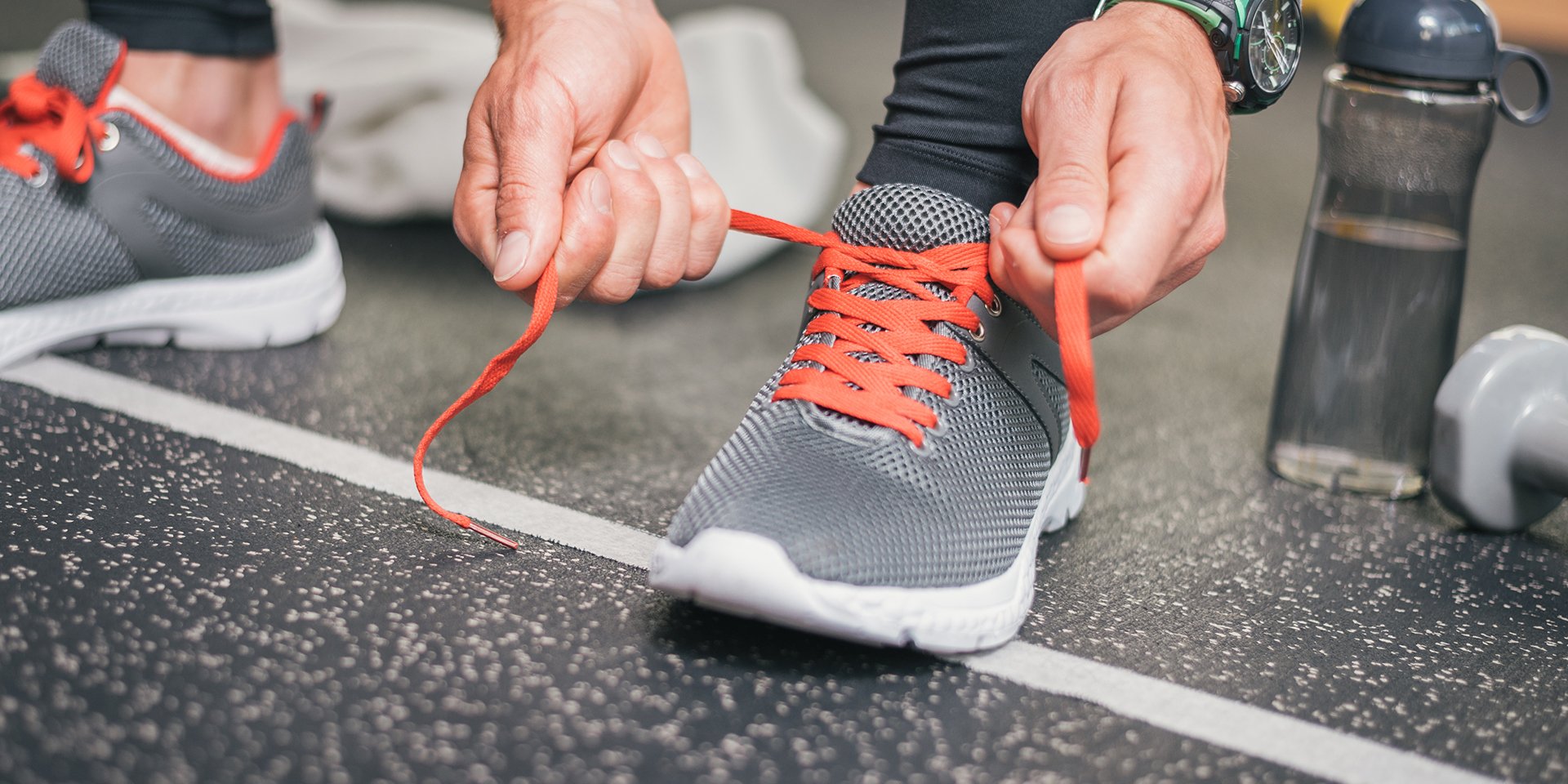
Improving Human Performance in University Athletics
Universities are thriving communities, time-honored places of learning that improve the lives of students, faculty, and staff. Higher education institutions are essential to any country's success, contributing not only by providing jobs but also by preparing the future workforce.
And no college or university is complete without its athletics program. Universities are vested in ensuring their athletes are well cared for, as sports can be a significant revenue generator for higher education institutions. That starts with putting all the right tools at their disposal.
Performance insoles are essential, allowing athletic directors to help their athletes become their best. In today’s post, we’ll discuss why you should measure performance, how plantar pressure and gait analysis improve athletics programs, where performance insoles come in, and how to get started today.
Do you want to give your athletes and your university the best possible results using cutting-edge yet accessible technologies? Read more to learn how.
Why Measure Performance?
You’ve likely heard the phrase “What gets measured gets improved,” attributed to Peter Drucker. The basic idea is that when paying attention to stats, you have the information you need to tweak performance consistently to improve it.
“There has long been a focus on quantifying heights, times, distances, weights, and much more within a strength and conditioning program,” says SimpliFaster. “Regardless of programming paradigm, the ability to objectively define performance improvements is a central need of strength and conditioning coaches.”
As the above source points out, there are many types of performance measurement in athletics. Two of the most important are gait analysis (how an athlete moves) and plantar pressure (how their foot contacts the shoe's insole). Both are critical for improving your athletics program.
Plantar Pressure and Gait Analysis FTW
Plantar pressure mapping uses sensors embedded in a performance insole inserted into a shoe to gather data about areas of high and low load distribution inside the shoe. This allows you to support the athlete correctly through footwear and training exercises.
Gait analysis is similar, measuring how the athlete moves step by step. From the time they lift one foot to the time they put the other back down is one gait cycle, and it doesn’t take long to complete. Many things can happen during that cycle, from pronation to energy loss. Measuring what happens with complex data is the best way to optimize that cycle for performance and injury reduction.
How to Track Performance Using Sensors
Sensors can give you a wealth of information to take your athletics department to the next level. Whether you’re a director, coach, or physical therapist, understanding what’s happening now is the only way to improve what’s happening later. Sensors that provide such information are invaluable.
Unfortunately, they’re not always reliable. Old, outdated, or poorly designed systems often:
- Leads to incorrect or complex diagnoses
- Result in ineffective treatments and unhappy athletes
- Require constant recalibration, which gets in the way of taking measurements
- Miss out on important measurement capabilities
- Don’t get the job done
To track performance using sensors, you must account for the system's price, how much time it takes to set up and calibrate, and how well it captures the data you need. When you can hit this trifecta, you’ll have the tools to measure performance without breaking your budget, doing tons of rework, or becoming frustrated.
There are two steps to make this goal a reality. First, get the right system, discussed below. Second, put the following tips into action.
Pro Tips for Athletic Performance Measurement
Having gait and plantar pressure data at your fingertips is a significant leg up over the competition. It’s the right thing to do for those who work hard for the sport they love. If you want to honor their commitment to the game, you should keep your commitment to them with the right tools.
It’s not enough to purchase a good system. You have to put it to the best possible use, which is where the following tips come in.
- Go portable: Be sure to choose a fully wireless system that lets your athletes use motion insoles anywhere without being tied to wires in the lab. Insoles should transmit data directly to a device, where you can absorb it as athletes move.
- Use compatible software and hardware: Don’t mess with integrating different hardware and software systems. Instead, purchase a comprehensive tool designed to have both working together.
- Avoid recalibration: Look for a provider of gait analysis and plantar pressure measurement committed to constant reuse without recalibration (unless you want to spend all your time futzing with equipment adjustments).
- Use data to choose footwear: Once you gather your data, don’t just use it to optimize performance. Remember to use it to help your athletes choose the proper footwear.
- Put gait and plantar pressure data to work for injuries: Injured athletes are simply a fact of life, but you can reduce their healing time with the correct data. Use your systems for recovery as well as performance optimization.
With such a robust set of benefits at your fingertips, there’s no time to waste. Improve your game, hit your goals, and beat the competition today with XSENSOR’s gold-standard sensor technology.
XSENSOR: Your Human Performance Partner for Life
If you’re into human performance, you need the right tools to maximize your athletes and program. Intelligent Insoles are the answer. A simple, reliable, repeatable system that works without a lot of setup or recalibration. You can start seeing results within hours or days of implementing it.
Don’t worry—the XSENSOR team won’t leave you to figure it out yourself. If you’re ready to learn more about how insoles can change the game, reach out for a demo today.
